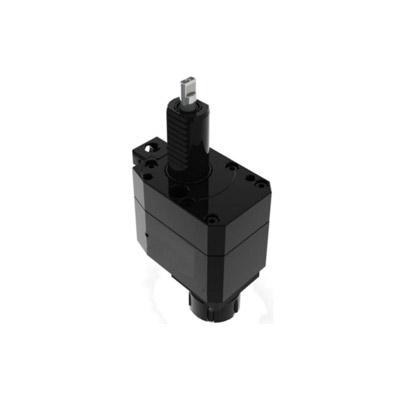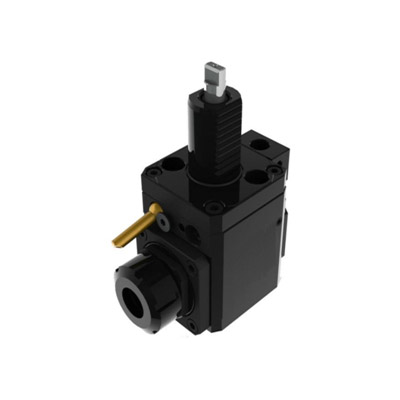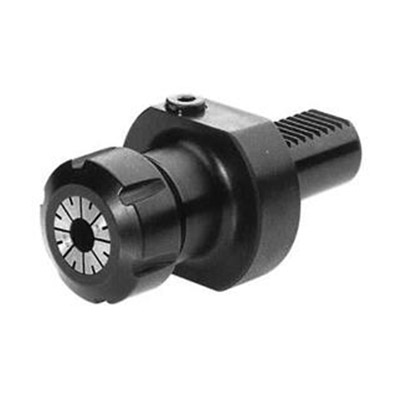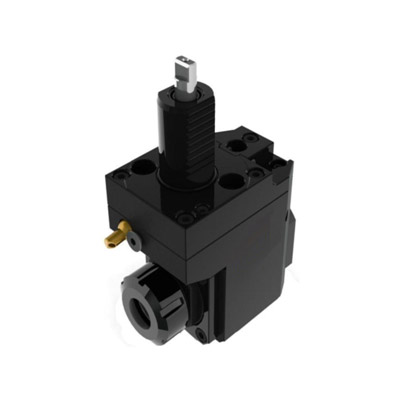PrototypingofCustomCNCMachinedTitanium:FromConcepttoReality
In the ever-evolving world of manufacturing, the need for high-quality, custom components is on the rise. One of the most promising materials for such applications is titanium, known for its strength, lightweight properties, and corrosion resistance. The process of creating custom CNC machined titanium prototypes is a complex yet fascinating journey that involves several key stages, from initial design concepts to final production. This article delves into this process, highlighting the latest technologies and techniques used in titanium machining and how they contribute to the creation of durable and high-quality prototypes.
The journey begins with the design phase, where engineers and designers come up with innovative ideas for custom titanium components. These designs are then translated into detailed CAD models using advanced CAD software. The accuracy and precision required for CNC machining make this stage crucial, as any errors can lead to significant issues later on. Once the design is finalized, the next step is to create a physical prototype.
The prototyping process involves several key stages. First, the design is sent to a CNC machine, where it is cut from a block of titanium. This process requires careful control and precision to ensure that the component meets the desired specifications. The CNC machine uses cutting tools such as drills, mills, and grinders to remove material and create the desired shape.
Once the prototype is created, it undergoes rigorous testing to ensure that it meets all performance criteria. This includes stress testing, fatigue testing, and other relevant tests to verify that the component can withstand various conditions and loads. If the prototype passes all tests, it moves on to the next stage of production.
In the production stage, the prototype is used to create larger quantities of the custom titanium components. This is done using a CNC machine that is capable of mass production. The precision and accuracy required for CNC machining remain critical at this stage, as even small deviations can lead to significant issues in the final product.
The use of advanced technologies such as computer-aided design (CAD), computer-aided manufacturing (CAM), and finite element analysis (FEA) has revolutionized the way we design and produce custom titanium components. These technologies enable engineers to create highly accurate and efficient designs, while also ensuring that the components meet all performance criteria.
In conclusion, the prototyping of custom CNC machined titanium is a complex but rewarding process that involves several key stages. From initial design concepts to final production, the use of advanced technologies and techniques ensures that the resulting components are both durable and high-quality. As manufacturing continues to evolve, we can expect to see even more innovative designs and technologies emerging in the field of titanium machining.




